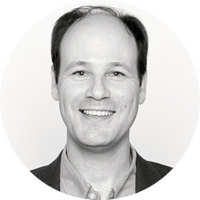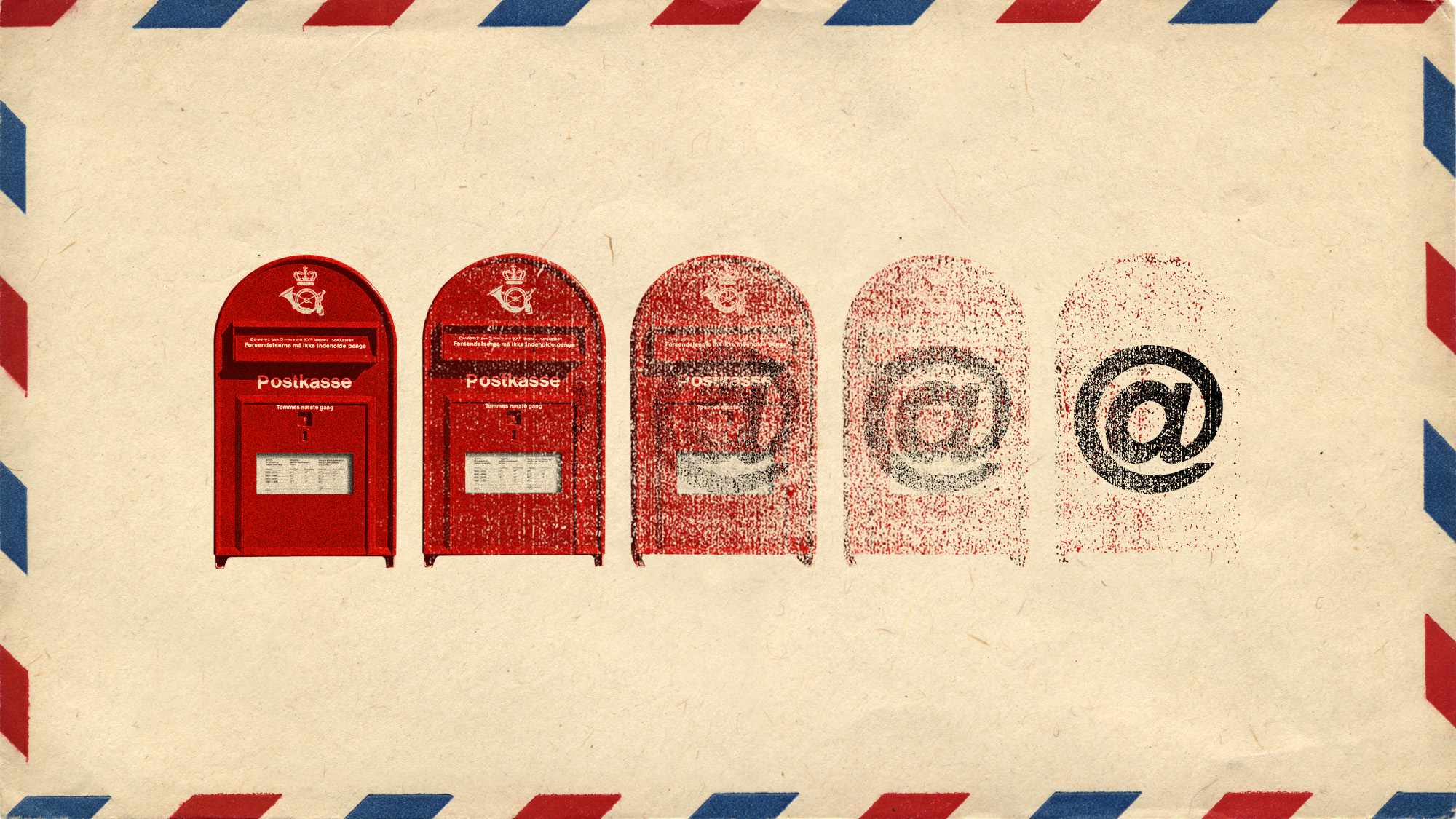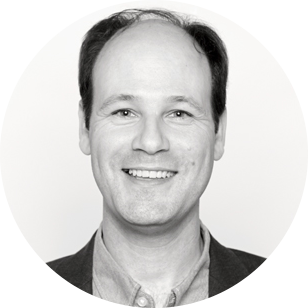New DNA tests of Pompeii dead upend popular stories
An analysis of skeletal remains revealed that some Mount Vesuvius victims have been wrongly identified


What happened
Plaster casts of calcified Pompeii residents have long been used by archaeologists to tell the stories of the last, desperate moments of ancient Romans before they were buried and preserved in pyroclastic ash from Mount Vesuvius in A.D. 79. But new DNA evidence shows that many of those stories are wrong, researchers reported Thursday in the journal Current Biology.
Who said what
A team of U.S. and European researchers conducted genomic testing on skeletal remains embedded in 14 casts undergoing restoration, including two people embracing and the four-member "Family in the House of the Golden Bracelet." The presumed nuclear family — including a mother wearing the distinctive bracelet, with a child on her lap — turned out to be four unrelated males, the researchers said. At least one of the entwined "Two Maidens," long believed to be sisters or a mother and daughter, was a male, and the pair were not related. Many of the calcified Pompeiians appear to have immigrated, by choice or force, from the eastern Mediterranean or North Africa.
"Sometimes, what you think you see is not what it is," said Harvard geneticist David Reich, one of the leaders of the study. This "new scientific tool" of ancient DNA analysis reminds us "the past is, as the cliché goes, an undiscovered country." Scientifically revealing "the actual lives of the victims" is "much more respectful than just using them as props for storytelling," said Estelle Lazer, an archaeologist who previously used CAT scans and X-rays to analyze the casts, to The Washington Post.
The Week
Escape your echo chamber. Get the facts behind the news, plus analysis from multiple perspectives.

Sign up for The Week's Free Newsletters
From our morning news briefing to a weekly Good News Newsletter, get the best of The Week delivered directly to your inbox.
From our morning news briefing to a weekly Good News Newsletter, get the best of The Week delivered directly to your inbox.
What next?
The new discoveries will help researchers better understand not just Pompeii but also gender and migration in the Roman Empire.
A free daily email with the biggest news stories of the day – and the best features from TheWeek.com
Peter has worked as a news and culture writer and editor at The Week since the site's launch in 2008. He covers politics, world affairs, religion and cultural currents. His journalism career began as a copy editor at a financial newswire and has included editorial positions at The New York Times Magazine, Facts on File, and Oregon State University.
-
 Denmark scraps letters and its iconic red postboxes
Denmark scraps letters and its iconic red postboxesUnder the Radar Danish posties say ‘farvel’ to 400 years of tradition but can Royal Mail weather the storm?
-
 What role will Trump play in the battle over Warner Bros. Discovery?
What role will Trump play in the battle over Warner Bros. Discovery?Today’s Big Question Netflix and Paramount fight for the president’s approval
-
 ‘The menu’s other highlights smack of the surreal’
‘The menu’s other highlights smack of the surreal’Instant Opinion Opinion, comment and editorials of the day
-
 Blue Origin launches Mars probes in NASA debut
Blue Origin launches Mars probes in NASA debutSpeed Read The New Glenn rocket is carrying small twin spacecraft toward Mars as part of NASA’s Escapade mission
-
 ‘The Big Crunch’: why science is divided over the future of the universe
‘The Big Crunch’: why science is divided over the future of the universeThe Explainer New study upends the prevailing theory about dark matter and says it is weakening
-
 Dinosaurs were thriving before asteroid, study finds
Dinosaurs were thriving before asteroid, study findsSpeed Read The dinosaurs would not have gone extinct if not for the asteroid
-
 The moon is rusting
The moon is rustingUnder the radar The Earth is likely to blame
-
 Africa could become the next frontier for space programs
Africa could become the next frontier for space programsThe Explainer China and the US are both working on space applications for Africa
-
 NASA reveals ‘clearest sign of life’ on Mars yet
NASA reveals ‘clearest sign of life’ on Mars yetSpeed Read The evidence came in the form of a rock sample collected on the planet
-
 SpaceX breaks Starship losing streak in 10th test
SpaceX breaks Starship losing streak in 10th testspeed read The Starship rocket's test flight was largely successful, deploying eight dummy satellites during its hour in space
-
 Atoms into gold: alchemy's modern resurgence
Atoms into gold: alchemy's modern resurgenceUnder the radar The practice of alchemy has been attempted for thousands of years
